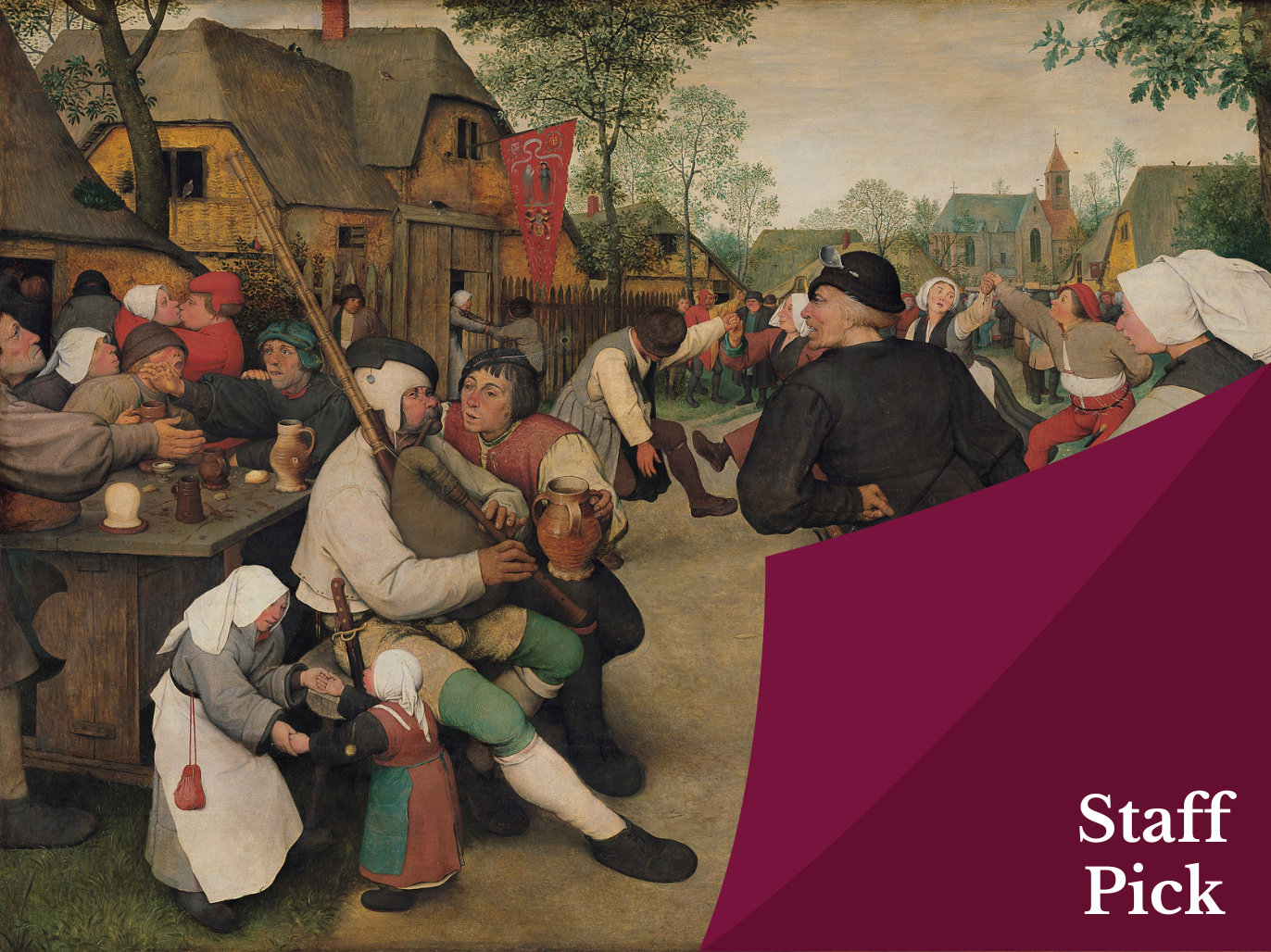Convinced that German classical music is always solemn and serious? This special selection of six exultant works by major German composers is sure to change your mind and get you into the joyous spirit just in time for Oktoberfest!
View author's page
Reading time estimated : 5 min
Bach: Jubilation in sacred music
Known for his devout and moving church masterworks, J.S. Bach belonged to a family of musicians whose most cherished tradition for generations was performing at each other’s weddings and other important events, but also simply playing music together to celebrate life. It’s not strange, then, that the genius composer found the perfect opportunity to express joy and jubilation through religious texts such as the one that inspired his cantata Jauchzet Gott in allen Landen (“Shout for joy to God in all lands”). It is through soaring melodies, ornamental embellishments, and rapid flourishes of notes that the trumpet and soprano (here, Sabine Devieilhe in her element) perfectly depict festivity within a religious context, a vital part of 18th-century German culture. Enjoy the musical fireworks of a cantata that is as unexpectedly bright as autumn sunshine!
Mendelssohn: The original wedding party
Did you know that the first Oktoberfest was held to celebrate a wedding? What better music, then, than the famous Wedding March from Mendelssohn’s A Midsummer Night’s Dream to honor the city of Munich’s unprecedentedly opulent celebration to mark the union of Prince Ludwig I of Bavaria and Princess Therese of Saxe-Hildburghausen in 1810. The festivities comprised five full days of food, beer (of course), a horse race, traditional clothing, and music of all kinds! It’s not hard to see why they decided to do it again the following year, beginning a tradition that has been held almost every year since (the only exceptions being two war years)…
Weber: An exhilarating ouverture
Completed just three days before its premiere in 1826, the overture that opens Carl Maria von Weber’s opera Oberon is now part of the standard orchestral repertoire worldwide. It’s programmed consistently thanks to its abundance of exquisite themes, rhythms, and colors that gradually build to a crescendo presenting different motifs we hear again later on in the opera. From the distant horn solo at the beginning to the melancholic clarinet melody evoking a fairy-tale atmosphere, all the way to the relentless gallop of the strings, trumpets, and timpani, we are treated to nearly ten minutes of pure serotonin!
Beethoven: A victory cry
Beethoven is not only the quintessential Romantic composer, a musician capable of the most tormented introspection and expression of anguish, he is also the embodiment of the revolutionary cry in music. If there is a more powerful musical transition from oppression to jubilant freedom than the one between the third and fourth movements of Beethoven’s timeless Fifth Symphony, we’ve yet to discover it…
Brahms: The ecstatic dance of the violin
Inspired by the energy and vitality of Hungarian folk music — particularly the Romani traditions that also inspired his Hungarian Dances — Brahms ends his monumental Violin Concerto, a work of symphonic proportions, on a note of ecstasy and lightness. It demands absolute technical mastery from the soloist as it requires them to navigate a non-stop flurry of double stops, quick passages across the entire fingerboard, and bow leaps that show just how exuberant even the most imposing German music can be.
Wagner: The feverish excess of the Venusberg Bacchanale
Wagner is often seen as the embodiment of everything stereotypically serious and intimidating about German music and opera, even for experienced music lovers! However, before his epic Ring Cycle, the boundlessly romantic Tristan und Isolde, and transcendentally mystical Parsifal, Wagner wrote the operas Die Meistersinger von Nürnberg and Tannhäuser in which he conveys a dazzling sense of celebration and unfiltered joy. This is especially true in the ballet scene of Tannhäuser: Strings, winds, brass, tambourines, and castanets sparkle within a lush orchestration, vividly portraying the feverish excess of the Venusberg Bacchanale. Prost!

